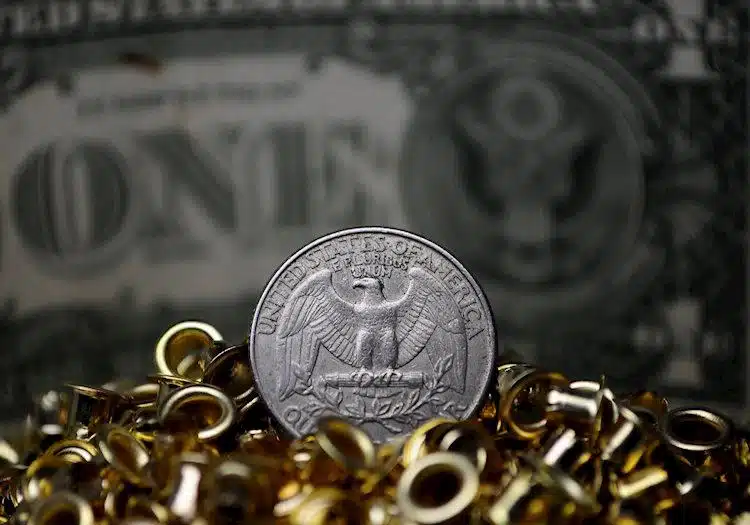Each day brings more data that suggests the US economy could be weakening more abruptly than assumed only recently. In the view of economists at MUFG Bank, weakening US data is set to weaken the US Dollar further.
Concerns regarding weaker growth have increased since the ISM Manufacturing Employment Index dropped to 46.9, indicating that the positive demand in the US labor market is beginning to fade. If the Nonfarm Payrolls report, which is confirmed on Friday, shows that this index is weaker than expected, it is likely to result in a more substantial depreciation of the US Dollar.
The potential tightening of credit conditions sparked by banking sector turmoil may also negatively impact real economic activity. Credit conditions have been tightening significantly even before the banking sector turmoil in March, which may explain the weaknesses in February’s data.
The labor market has been the most resilient area of the US economy, but it may be on the verge of changing as well. The persistent spread of the Covid-19 pandemic and implementation of strict lockdown measures have resulted in numerous businesses closing down, leading to massive job losses. Unemployment rates have skyrocketed, with over 40 million Americans filing for unemployment benefits and subsequent government relief amid the crisis.
Moreover, the political climate in the US election year may also contribute to economic instability, particularly due to the current administration’s handling of the pandemic and recent social unrest. As tensions rise between the US and China, trade disputes could intensify, further dampening global economic sentiment and impacting dollar strength.
Furthermore, the Federal Reserve’s actions in response to the pandemic, such as cutting interest rates and injecting trillions of dollars into the economy through various asset purchase programs, have also inadvertently weakened the currency. As more and more dollars are pumped into the economy, their value may decline due to inflationary pressures.
However, the US dollar’s status as the world’s reserve currency indicates that demand will likely remain resilient despite its weakening. Professor Gita Gopinath, the IMF’s Chief Economist, has stated that the dollar’s status is unlikely to change in the short term, as investors and central banks continue to use it as a store of value during times of uncertainty. The uncertainty of the global economic landscape at present may encourage investors to hold on to the dollar, mitigating some of the negative effects stemming from the domestic economy.
Another factor that may influence the strength of the US dollar is the performance of other global currencies. While the US dollar is weakening, it may still be stronger than other currencies. This may contribute to a “race to the bottom” scenario, with various countries attempting to devalue their currencies to boost competitiveness in a sluggish global economy.
In conclusion, a combination of factors, including weakening domestic data, global economic headwinds, and the Federal Reserve’s actions, may continue to place downward pressure on the US dollar. However, its status as the world’s reserve currency and the current global economic landscape may provide a semblance of resilience in the face of these challenges. Investors should keep a close eye on the release of the Nonfarm Payrolls report, as well as upcoming economic, political, and pandemic-related developments, to make informed decisions about the future of the dollar.


